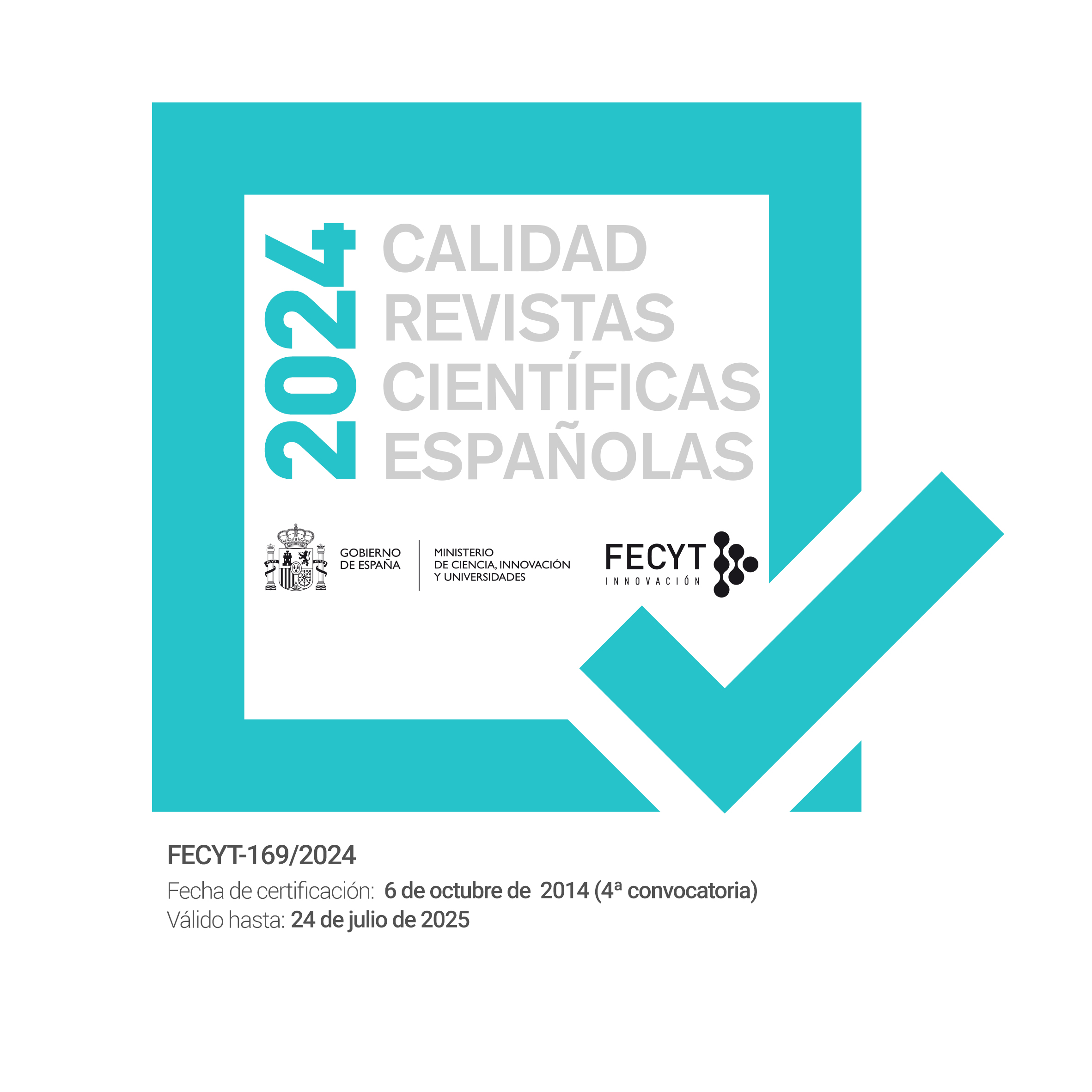Technology and English language teaching in a changing world: A practical guide for teachers and teacher educators. Ju Seong Lee, Di Zou, Michelle Mingyue Gu (Eds.) (2024). Palgrave MacMillian Cham, XXVI, 205 pages, Hardcover ISBN: 978-3-031-51539-2; eBook ISBN: 978-3-031-51540-8
Abstract
Coming to its own in the 1960s with the advent of the “language laboratory”, to many, the notion of technology-enhanced (language) education is no longer a rocket science. As such, only in the aftermath of the COVID-19 pandemic, did technology begin to gain a surge of interest it deserved in language education environments, where a paradigm shift in the mode of instructional delivery, from traditional face-to-face to remote online education, came to existence. It now transpires that technology tends to serve as the sine qua none of the post-pandemic language education context, where the integration of technology into language teaching and learning environments is no longer merely an emergency response but rather a broader pursuit of pedagogical efficacy. More recently, Artificial Intelligence (AI) has made inroads into mainstream education, including the language education enterprise, allowing for AI-driven enhanced teaching and learning. Despite ample research, little do we know about how AI transcends its role as a key driver of quality education. As a prime example, ChatGPT, an AI tool, is underexplored in second/foreign language (L2) education contexts (Derakhshan & Ghiasvand, 2024). In such a milieu, any endeavour to bring to the fore the potentials and concerns surrounding technology-empowered language education is highly valued.
Downloads
References
Derakhshan, A., & Ghiasvand, F. (2024). Is ChatGPT an evil or an angel for second language education and research? A phenomenographic study of research-active EFL teachers’ perceptions. International Journal of Applied Linguistics, 34(4), 1246–1264. https://doi.org/https://doi.org/10.1111/ijal.12561
Hubbard, P. (2023). Emerging technologies and language learning: Mining the past to transform the future. Journal of China Computer-Assisted Language Learning, 3(2), 239–257. https://doi.org/doi:10.1515/jccall-2023-0003
Published
How to Cite
Issue
Section
License
Copyright (c) 2025 Omid Mazandarani, Mojtaba Rajabi, Shima Soleymani Garmroodi

This work is licensed under a Creative Commons Attribution 4.0 International License.















